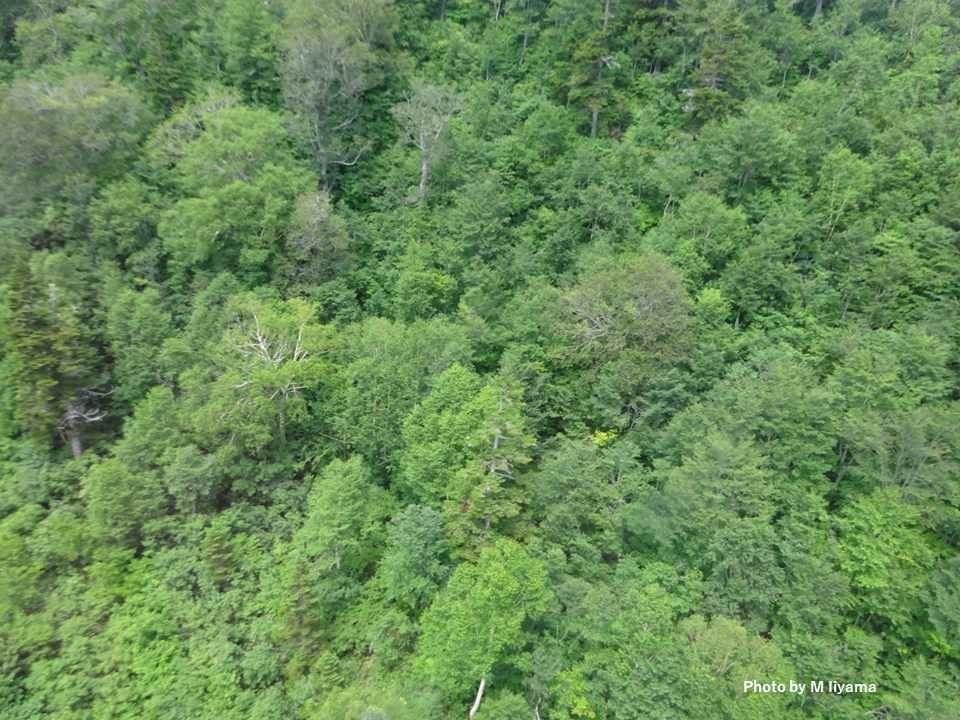Pick Up
804. The World's Net-Zero Target

804. The World's Net-Zero Target
The net-zero concept refers to offsetting carbon dioxide (CO2) and other greenhouse gas emissions from human activities by subtracting carbon absorption and removal.
Its achievement can be generally divided into two ways. First, to bring anthropogenic greenhouse gas emissions as close to zero as possible. Second, if it is difficult to reduce emissions completely to zero, an equivalent amount of emissions must be eliminated.
The World Resources Institute proposes the following 10 key solutions to mitigate climate change
① Retire coal plants
② Invest in clean energy and efficiency
③ Retrofit and decarbonize buildings
④ Decarbonize cement, steel and plastics
⑤ Shift to electric vehicles
⑥ Increase public transport, biking and walking
⑦ Decarbonize aviation and shipping
⑧ Halt deforestation and restore degraded lands
⑨ Reduce food loss and waste and improve agricultural practices
⑩ Eat more plants and less meat
According to a Nature editorial published on June 20, the number of countries with explicit net-zero targets and policy initiatives has increased significantly over the past two years, from 7% of 149 countries in December 2020 to 75% now, accounting for 80% of global emissions. Globally, the top eight countries, including China, the United States, India and Japan, account for 50% of global emissions. While many countries have less than 30 years to take action to reach the net-zero goal by 2050, equity requires that efforts to reduce emissions to net-zero be urgent, especially from the highest emitting countries.
The time horizon for achieving net-zero emissions differs depending on whether CO2 is considered alone or whether other greenhouse gases such as methane and nitrous oxide are included. While it is considered more difficult to achieve net-zero non-CO2 emissions compared to CO2, it is also more likely to raise temperatures in the short term. All countries are required to take comprehensive net-zero actions that cover whole greenhouse gas emissions.
For example, agriculture is directly involved in efforts ⑧~⑩ in particular, but in addition to CO2, the sector faces significant methane emissions from the livestock industry and paddy rice cultivation, as well as nitrous oxide emissions due to inefficient use of chemical fertilizers.
At the same time, agriculture plays an important role in feeding the world's growing population. Particularly in developing countries, population growth and urbanization are expected to not only increase food consumption, but also change its quality. A recent paper published in Nature Food reports that while per capita animal food consumption in developed countries is projected to decline between 2000 and 2019, the rapid growth in animal food consumption, particularly in developing countries, has led to a significant increase in greenhouse gas emissions from the global food supply chain. It has been reported that in countries where crop productivity is stagnating, there are also concerns about the expansion of agricultural land with deforestation as a result of population growth.
To achieve net-zero and a world "leaving no one behind", it is essential to improve agricultural and livestock production in countries that still face food and nutrition security challenges, and to promote and disseminate innovations that are compatible with reducing greenhouse gas emissions.
Reference
Li, Y., Zhong, H., Shan, Y. et al. Changes in global food consumption increase GHG emissions despite efficiency gains along global supply chains. Nat Food (2023). https://doi.org/10.1038/s43016-023-00768-z
Contributors: Solongo TUMUR and IIYAMA Miyuki (Information Program)
